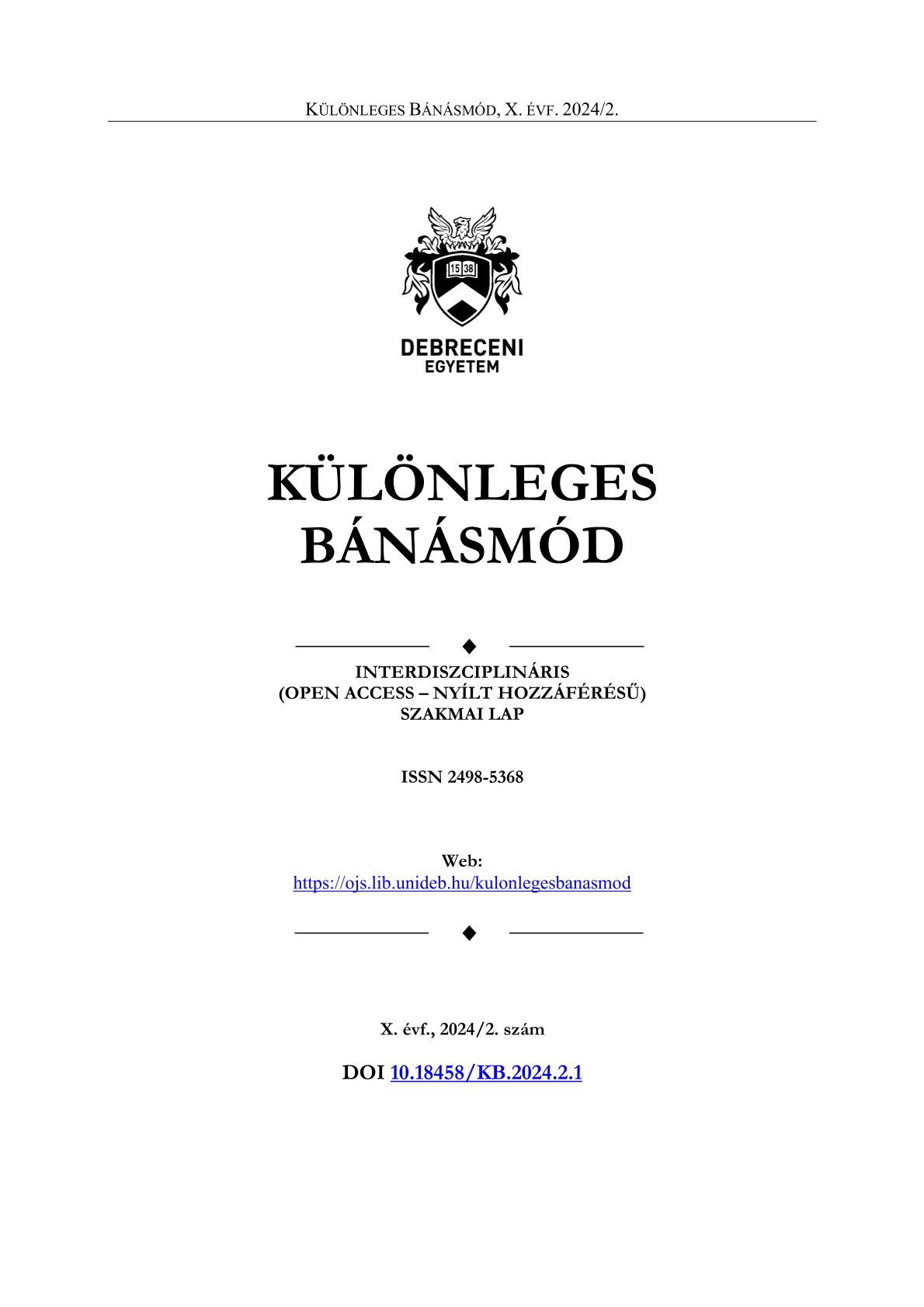Data-Driven Music Therapy: Application of the Model in the Development of Children with Special Educational Needs
Author
View
Keywords
License
Copyright (c) 2024 Julianna Árkosi (Ph.D)

This work is licensed under a Creative Commons Attribution-NonCommercial-NoDerivatives 4.0 International License.
How To Cite
Abstract
Data-based music therapy is associated with the name of Suzanne B. Hanser (1999), a music therapist from California, who supported the developmental effect of music with the results of her clinical research. Her publication entitled The New Music Therapist's Handbook is a guide to the organization, planning, implementation, and evaluation of this music therapy model. Since data-based music therapy is an objective, clear and goal-oriented model. There is an indispensable part of this model and basic conditions in the application of it in the precisely defined preparation, intervention and measurement moments. However, strict planning and organization become the main virtue of the model when evaluating the results achieved, as it provides accurate and irrefutable results. The data obtained this way, represent the totality of the results of observations and experiments.The main pillars of the model are the following: observation, goal-oriented planning, implementation, and objective measurement. An objective and completely clear evaluation of music therapy is provided by the measurements specified in the model. The calculation of the reliability rate and its expression as a percentage, as well as the baseline observation, are complemented by the narrative report of the music therapy supervisor with a description and evaluation of the achieved musical and non-musical therapeutic goals. This article to present describes the application of data-based music therapy in the case of a juvenile with special educational needs studying in special educational institutions.


 https://doi.org/10.18458/KB.2024.2.55
https://doi.org/10.18458/KB.2024.2.55